Seyyid Battal Gazi Külliyesi and Türbesi
I do a lot of research before going out exploring Istanbul and other parts of Turkey and also for writing these posts. More and more these days I reference websites written in Turkish. There are a couple of great ones run by Turks who travel independently all over the country and I use them a lot, especially when I’m trying to find out how to get to places on my own. I read as much as I can in Turkish and when it gets too difficult or I want to check my understanding, I use Google translate.
On a trip to Eskişehir in central Turkey with my husband Kim, I visited the Seyyid Battal Gazi Complex. By the time I’d finished reading about it I was too tired (OK lazy) to go over the details carefully. I just converted the bit about how to get there into English and hit copy paste. It said there were frequent minibuses from the centre of town to Seyitgazi, only five kilometres away. Any of the minibuses with Seyitgazi on the destination list would take me there apparently, in 20 mins. At least, that’s what I thought.
When I asked at hotel reception they made a phone call and told me the easiest way was to catch a tram to the Otogar and a minibus from there. I briefly wondered why somewhere only 5kms away involved two different vehicles, but my main concern was having to use public transport. It meant I’d need to register my HES code (the Turkish code that identifies who I am for the purpose of contact tracing in case of a COVID-19 event) against an Eşkisehir transport card, called an Eskart. When I tried to do something similar in Izmir it was a disaster, so I wasn’t keen. However the hotel staff were adamant so we walked to the nearest tram stop and looked for a shop where we could buy an Eskart. The three we visited were out of stock so we decided to walk to the Otogar instead. At the next tram stop we checked the map and saw it would take us nearly an hour on foot. Luckily there was a dedicated office there selling the elusive Eskarts and the kind man set one up for us in a matter of minutes. Unlike in other cities we only needed one card for the both of us. We loaded it with money and caught the next number 1 tram.
We reached the Otogar in 17 minutes and discovered there was a service that would get us to the Seyyid Battal Gazi tomb departing ten minutes later. Our pleasure quickly turned to dismay when we learned the journey took one hour and 15 minutes. That’s when I realised I hadn’t checked exactly which town the Seyyid Battal Gazi Complex was five kilometres distance from. It clearly wasn’t Eskişehir. There was plenty of time on the trip to fret about whether we’d have to get another bus after this one, but I decided not to mention it to Kim. I needn’t have worried. As soon as we arrived in Seyitgazi the complex was visible up on a hill, a short steep five minute climb from where we alighted.
After pausing to catch our breath, we entered the complex. Seyyid Battal Gazi was a Muslim warrior born in Malatya to Hüseyin Gaz in the 8th century. Seyyid is an honorary title derived from the Arabic word Sayyid but its use also suggests he may have had family ties to the Prophet Muhammed. He’s much adored and tales about him, both tall and true, abound. Seyyid Battal Gazi is known to have fought in the 2nd Arab Seige of Constantinople in 718 but the story that he raided the Kiz Kalesi (the Maiden’s Tower in Salancak and ran off with the Emperor’s treasures, including his daughter, is most likely a fairy tale. His brave exploits are now part of Turkish folk literature, and there are numerous mesnevi style poetry couplets based on anecdotes of his daring do and he appears in stories in the Koran combined with sayings from the Hadith.
Prolific actor Cuneyt Arkı (he starred in more than 300 films) played the great man in a series of movies made in the 1960s but the real Battal Gazi is buried here in Seyitgazi, the town named after him. It’s believed he died during the siege of the nearby town of Amorium. His tomb was extended to become a külliye (complex) in 1207 on the orders of Ümmühan Hatun, the wife of Seljuk Sultan Gıyaseddin Keyhüsrev. The külliye consists of Seyyid Battal Gazi’s tomb and those of relatives, a medrese consisting of small study rooms and larger ceremonial rooms for derviş. Most of the rooms are grouped around a pretty peaceful courtyard. Some of them, like the former kitchens and bakery, where food was prepared for the community and the needy, contain displays of old photos showing the complex and the surrounding area.
The mosque and the tomb of Ümmühan Hatun are built onto the exterior walls and are accessed from outside the courtyard. Ümmühan Hatun’s tomb is in the cellar of large building containing a water depot and several çilehane. Çilehane were meditation rooms where devotees would read the Koran and dedicated themselves to Islam. They have no windows, hence no distractions and very low doors so people have to duck when entering and thus show their respect.
The original complex was renovated and expanded under the orders of Ottoman Sultan Bayezid II. It’s been open to visitors since 1954 and today is a site of pilgrimage for many believers who come to worship at Battal Gazi’s tomb. Tables in the basic café offer a pleasant view over the dry plains of Central Anatolia.
Despite the trip there taking nearly two hours (the minibus does a slow circuitous route through Eskişehir that takes in the university campuses, airforce training base and sprawling parks, one with a Disneyland-like castle), it was well worth it. By carefully studying the route there, on the way back we were able to get off the minibus at Ataturk Bulvari tramstop and catch the number 4 back to Carsi, cutting our return journey to just over an hour. It hasn’t put me off further adventures but next time I’ll work a bit harder at my Turkish comprehension AND look on the map first! Oh try to work out how old the post is before I rely on the information.
**************************************
Want to come to Turkey and see the Seyyid Battal Gazi tomb for yourself? Here are my helpful tips for planning your trip.
For FLIGHTS I like to use Kiwi.com.
Don’t pay extra for an E-VISA. Here’s my post on everything to know before you take off.
However E-SIM are the way to go to stay connected with a local phone number and mobile data on the go. Airalo is easy to use and affordable.
Even if I never claim on it, I always take out TRAVEL INSURANCE. I recommend Visitors Coverage.
I’m a big advocate of public transport, but know it’s not suitable for everyone all the time. When I need to be picked up from or get to Istanbul Airport or Sabiha Gokcen Airport, I use one of these GetYourGuide website AIRPORT TRANSFERS.
ACCOMMODATION: When I want to find a place to stay I use Booking.com.
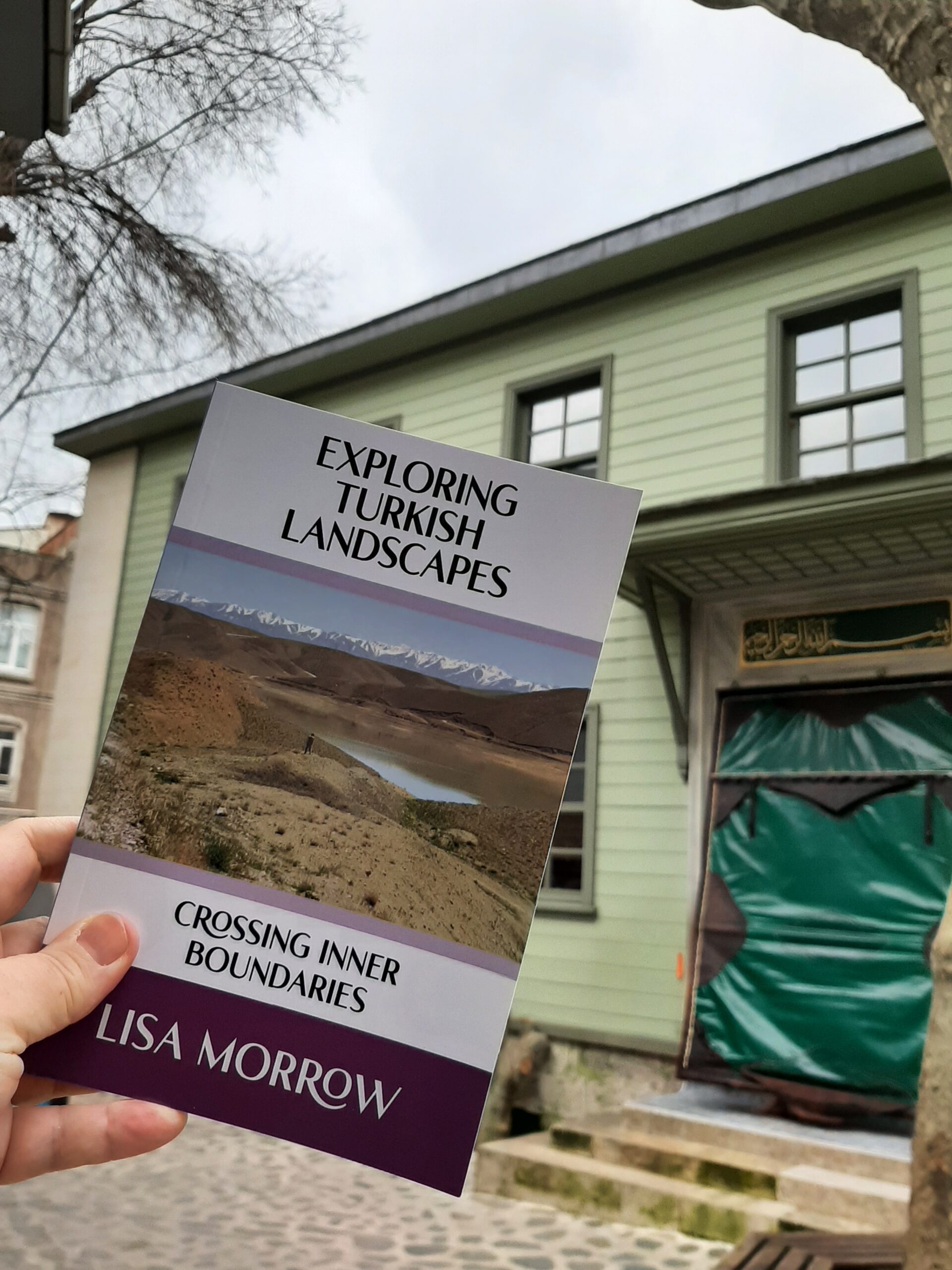
CITY TOURS & DAY TRIPS: Let me guide you around Kadikoy with my audio walking tour Stepping back through Chalcedon or venture further afield with my bespoke guidebook Istanbul 50 Unsung Places. I know you’ll love visiting the lesser-known sites I’ve included. It’s based on using public transport as much as possible so you won’t be adding too much to your carbon footprint. Then read about what you’ve seen and experienced in my three essay collections and memoir about moving to Istanbul permanently.
Browse the GetYourGuide website or Viator to find even more ways to experience Istanbul and Turkey with food tours, visits to the old city, evening Bosphorus cruises and more!
However you travel, stay safe and have fun! Iyi yolculuklar.
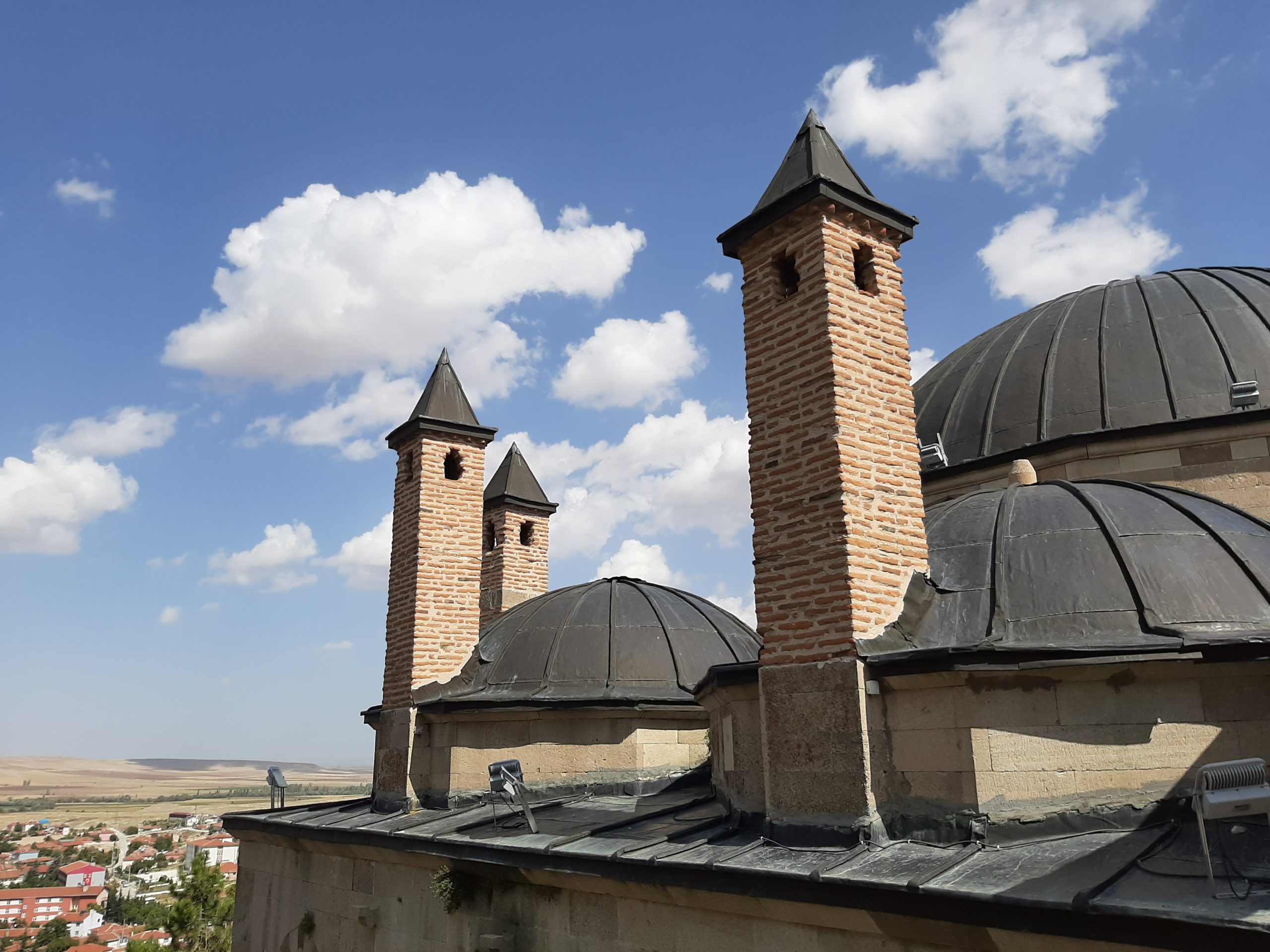
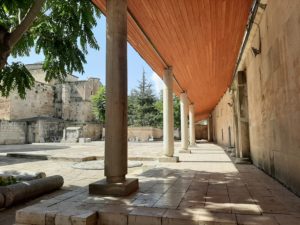
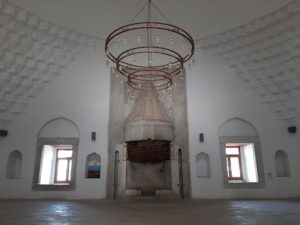
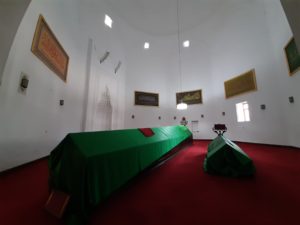
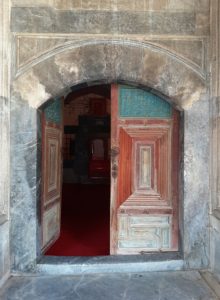
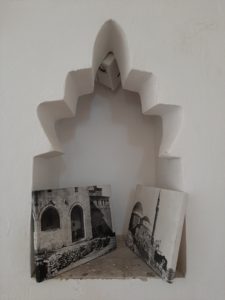
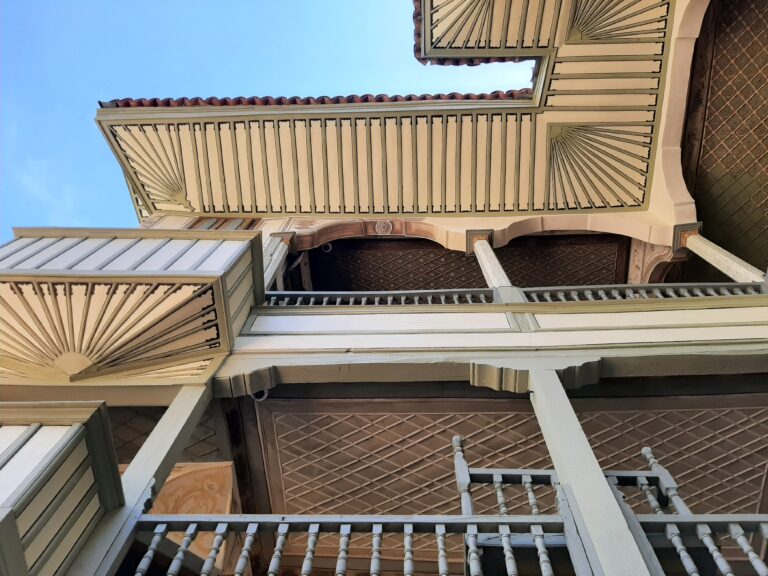
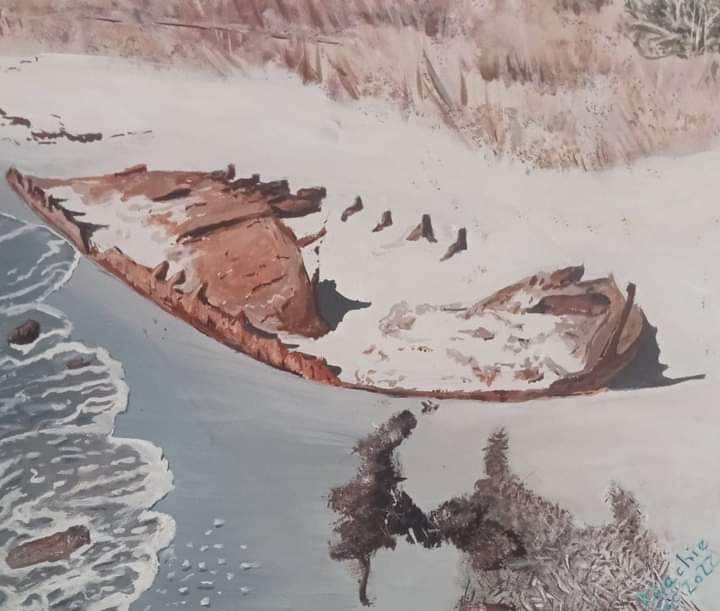
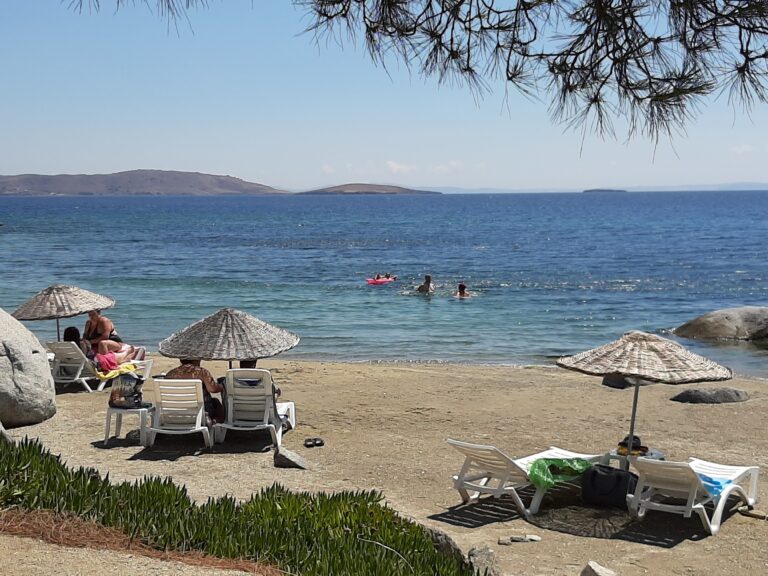
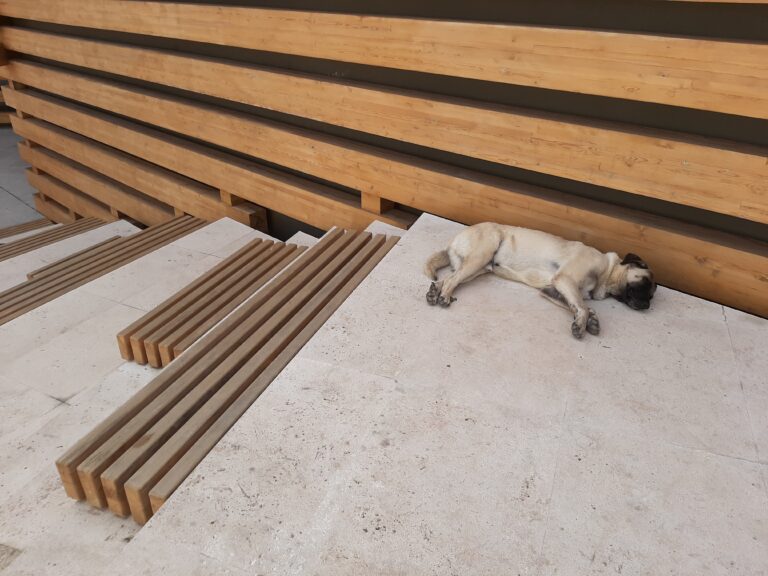
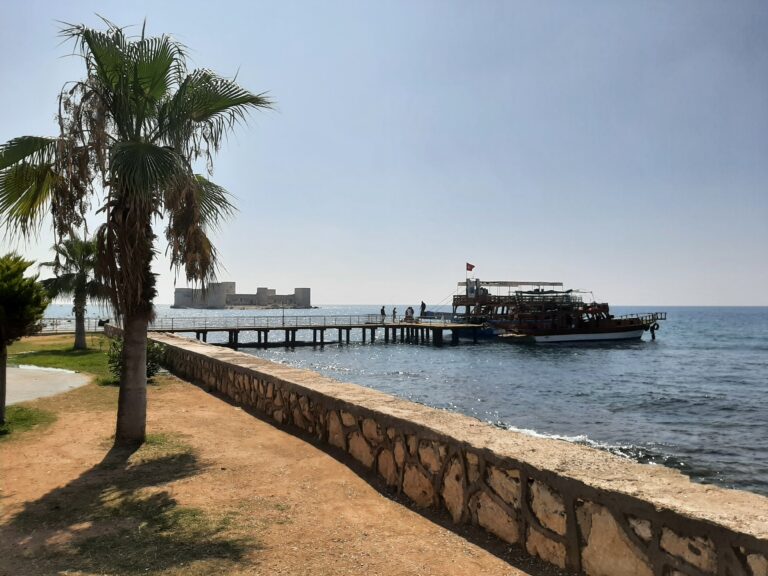
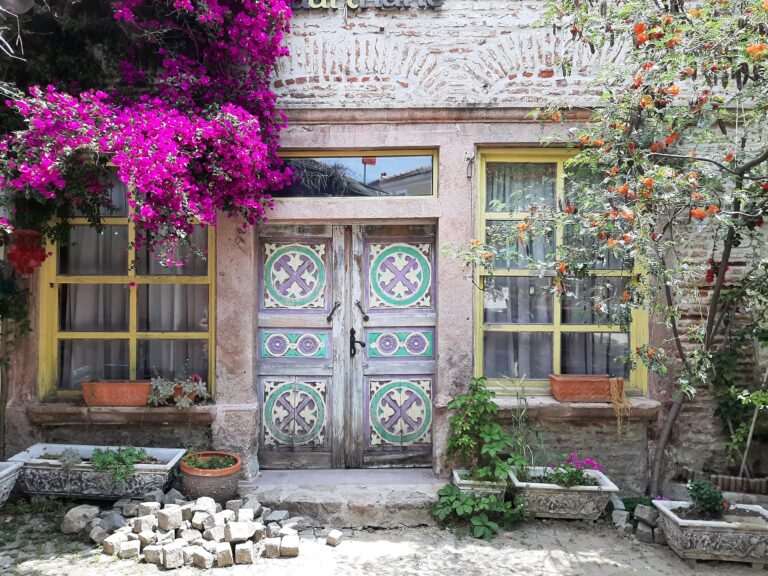
we watch with English subtitles.
Great to learn of the history.
Yes, as they say, the devil’s in the detail so when you get it wrong things can go pear-shaped. Luckily the outcome was good, and I’m glad you enjoyed my experience vicariously. I hope any mistakes you make in your future travels turn out to be positive ones.
Loved this post.
Anything historical like this so interesting.
Currently watching Netflix ,
Resurrection of Ertrugal, have you watched it. Currently on season three ,long way to go.
We are totally hooked.
Glad you liked my post. I don’t have Netflix and I spend most days immersed in the Turkish language so I don’t watch much Turkish TV. Ive heard the series is pretty good so I’ll see if I can check it out.